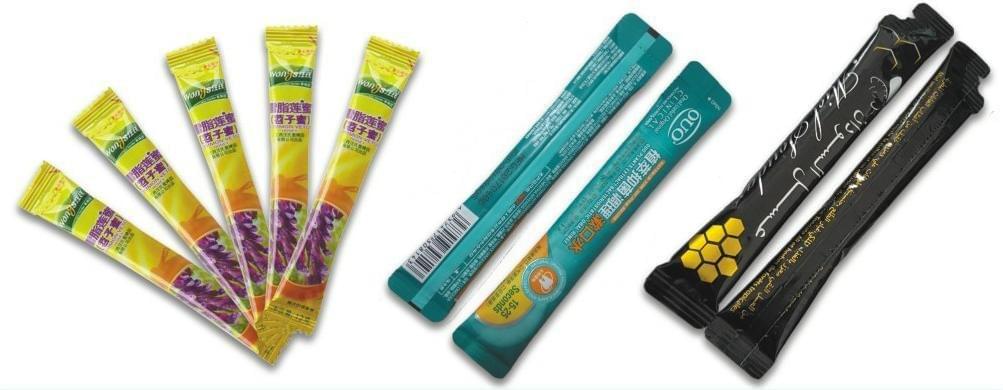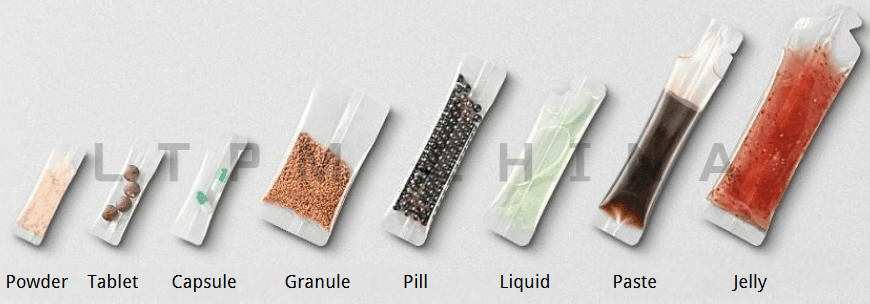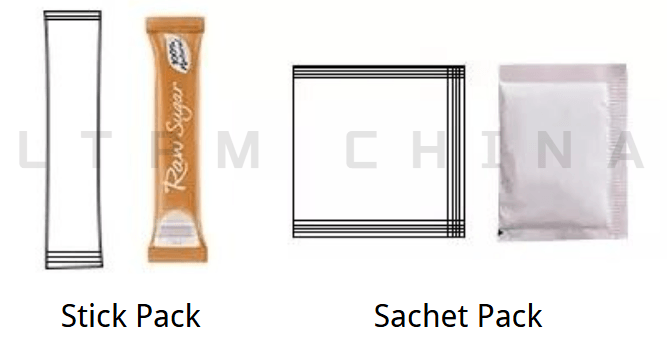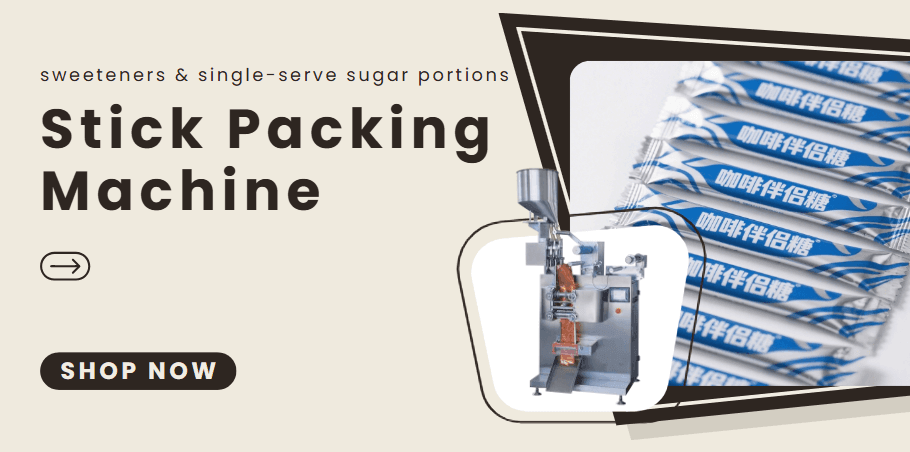A stick pack is a modern single-serve packaging solution that has quickly gained popularity in pharmaceuticals, nutraceuticals, food, and cosmetics. Unlike traditional sachets or pouches, a stick pack is narrow, long, and tubular, making it easy to carry, hygienic, and convenient for consumers.
Stick packs are designed for pre-measured quantities of powders, liquids, or granules. They are typically torn open at a notch, allowing for a clean and simple pour. Let’s explore the key features, advantages, applications, and differences from sachets in detail.

What is a Stick Pack?
A stick pack is a long, thin, flexible tube that contains a single dose of product. Its design is more compact and portable than a standard sachet.
- Width: 17–45 mm
- Length: 80–150 mm
- Filling capacity: 1–20 g of powders or 1–15 ml of liquids
Stick packs are widely used for dietary supplements, drink mixes, medicines, and cosmetics because they are small, lightweight, and easy to use.
Key Features of Stick Packs
1. Shapes and Formats
- Classic Single Stick – A standard, elongated tube. Common for instant coffee.
- Twin Pack / Duo Pack – Two sticks connected by a perforated line.
- Strip Pack / Multi-Pack – Several sticks joined in a row for multipacks.
- Dual-Chamber Stick Pack – Divided into two chambers for different ingredients (e.g., powder + liquid).
- Spout Stick Pack – With a small screw-on or flip-top spout, ideal for reusable or liquid products.
- Special-Shaped Stick Pack – Die-cut into unique shapes for branding.
2. Size
- Width: 17–45 mm
- Length: 80–150 mm
- Adjusted according to dosage, density, and branding needs.
3. Filling Capacity

Powders and granules: 1–20 g (e.g., 2–3 g for coffee, 10–15 g for protein powders).
Liquids and gels: 1–15 ml (e.g., energy gels, syrups, vitamins).
4. Seal Types
Back Seal – Most common, with vertical and horizontal seals.
Lap Seal / 4-Side Seal – Sealed on both edges for stronger protection.
Bend Seal – Creates a flat-bottom stick pack that can stand upright.
Three-Side Seal – Specialized, strong barrier for sensitive products.
Cutting Options – Straight cut, zigzag tear, or custom-shaped cutouts.

5. Material Structure
- PET/AL/PE or PET/PE laminates
- Barrier against moisture, oxygen, and light
- Available in recyclable or biodegradable films for sustainability
Advantages of Stick Pack Packaging
- Material efficiency – Uses 10–40% less film compared to sachets.
- High production speed – Machines can produce hundreds per minute.
- Consumer convenience – Pocket-sized, lightweight, easy to tear open.
- Accurate dosing – Pre-measured, single-use packaging.
- Hygiene & safety – High-barrier films keep products fresh for 12–24 months.
- Versatility – Suitable for powders, granules, liquids, and even viscous substances like gels or honey.
Stick Pack Applications
Pharmaceuticals – Probiotics, oral rehydration salts (ORS), pain relief powders.
Nutraceuticals – Collagen, vitamins, protein powders.
Food & Beverages – Instant coffee, flavored drink mixes, sweeteners.
Cosmetics – Serum samples, face masks, travel-sized liquids.
Stick Packs vs. Sachets
Although both are flexible, single-serve packaging, they differ in form and use:

Feature Stick Pack Sachet
Shape Long, thin, tube-like Flat, rectangular
Filling range 1–20 g powder / 1–15 ml liquid 5–50 g powder / larger fills
Portability Extremely portable Portable but bulkier
Film use 10–40% less material Higher material usage
Opening Tear notch, clean pour Tear or peel, less precise
Conclusion: Stick packs are ideal for small, precise doses, while sachets are better for larger servings.
Stick Pack Production: How It Works
Stick packs are manufactured on stick pack filling and sealing machines.
Process flow: Film unwinding → Forming → Filling → Sealing → Cutting
Single-lane machines – For small/medium production.
Multi-lane machines – Fill and seal multiple packs simultaneously, producing up to 600 packs per minute.
Customizable – Adjust width, filling capacity, sealing type, and materials.
FAQs About Stick Packs
Q1. Which products are best suited?
Powders, granules, and liquids—especially supplements, drink mixes, and pharmaceuticals.
Q2. Are stick packs eco-friendly?
Yes, recyclable and biodegradable films are now available.
Q3. How long can products stay fresh?
With high-barrier films, products remain stable for 12–24 months.
Q4. Can stick packs be customized?
Yes, in size, shape, sealing, and material.
Q5. Which industries benefit most?
Pharmaceuticals, nutraceuticals, food & beverage, and cosmetics.
Summary
A stick pack is a narrow, single-serve flexible package designed for powders, liquids, and granules. With features like compact design, efficient material usage, and barrier protection, stick packs are now one of the most effective packaging solutions worldwide.
They deliver convenience, hygiene, cost savings, and branding advantages, making them the preferred choice across multiple industries.
Looking to add stick pack packaging to your product line?
At LTPM CHINA, we provide customizable stick pack filling and sealing machines for pharmaceuticals, nutraceuticals, food, and cosmetics. Contact our experts for the right solution.
